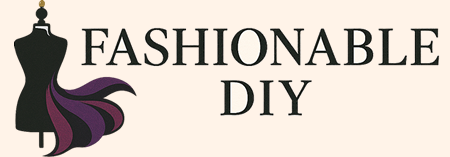Zero Waste Wardrobe: DIY Techniques for a Greener Closet
Innovations in Zero Waste Apparel
Innovations in zero waste apparel are shaping the future of fashion by leveraging technology and embracing sustainable practices. This shift is crucial in addressing the environmental impacts of fast fashion and promoting a more sustainable industry through creative solutions.
Technological Advances in Eco-Friendly Production
Technological innovation plays a critical role in transforming traditional fashion production methods into eco-friendly practices. One such advancement is the use of 3D knitting and printing technologies, which allow for precise garment production with minimal fabric waste. This technique not only reduces offcuts but also optimizes the use of materials. Additionally, closed-loop recycling systems are being implemented to ensure that textiles are reused rather than discarded, contributing to a circular fashion economy. These systems utilize technology to convert post-consumer garments back into raw materials for new clothing, significantly reducing the demand for virgin resources. Collaboration between tech firms and fashion brands is also spurring new innovations, such as the development of biodegradable fabrics and dyes that lessen the environmental impact of clothing production.
Future Trends in Sustainable Fashion
The future of sustainable fashion is likely to be shaped by several key trends, driven by both consumer demand and technological progress. Personalized clothing, produced on-demand through digital fashion platforms, is gradually gaining popularity as a means to reduce unsold inventory and excess production associated with fast fashion. Advances in material science might lead to the creation of fabrics with built-in sustainability features, such as self-healing properties or the ability to clean themselves, further minimizing the need for resources throughout the garment’s lifecycle. Moreover, as consumers become more environmentally conscious, transparency in supply chains will become increasingly important, prompting brands to adopt blockchain technology to verify and communicate their sustainability efforts. These future-oriented strategies underscore the fashion industry’s commitment to reducing its environmental footprint through innovation and responsible practices.
Customizing Your Zero Waste Journey
Creating a zero waste wardrobe is a personal experience. Tailoring it involves setting achievable goals and integrating this lifestyle into one’s daily routine. This approach encourages a balance between individual style and reducing waste.
Setting Realistic Goals
A zero waste wardrobe journey begins by identifying clear and achievable objectives. Starting with small, manageable changes prevents feeling overwhelmed. This could include opting for second-hand clothing or limiting new purchases to once a month.
He can also decide to mend or upcycle existing garments instead of buying new ones. These small actions reduce waste significantly over time. By setting goals that align with personal values and means, individuals can maintain motivation and see progress in their journeys.
Adapting Zero Waste to Your Lifestyle
Adapting zero waste principles to fit into daily life ensures long-term commitment. Each person has unique needs and preferences, so a flexible approach is crucial. She might choose to invest in quality pieces that reflect her personal style, ensuring each addition is both practical and cherished.
Mindful consumption plays an essential role. They might evaluate their wardrobe by asking questions like, “Does this piece serve multiple purposes?” or “Will I wear this often?” This reflection encourages conscious decision-making. By blending individual lifestyle choices with sustainable practices, the zero waste journey is more enjoyable and manageable.



